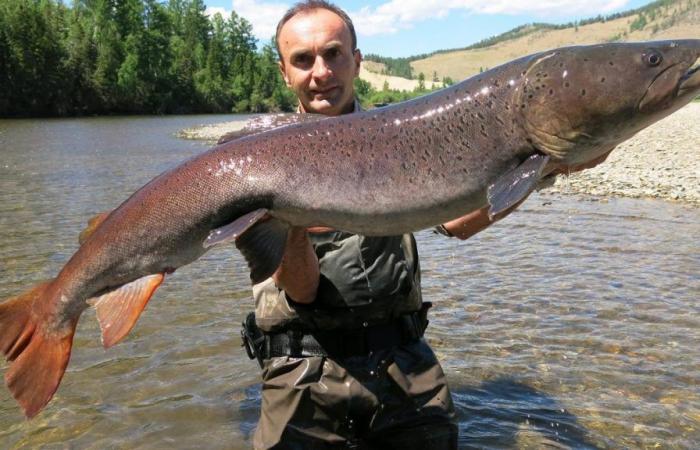An international team of scientists, with Spanish participation, has discovered that invasive species are expanding their ranges much more rapidly than native ones, largely due to involuntary human help. Even seemingly sedentary exotic plants are spreading three times faster than native ones. The effects of this situation on native biodiversity worry scientists, because Invasive animals and plants often compete with local specieswhich they seriously harm.
In order to survive as a species, plants and animals need to expand their range by 3.25 kilometers per year. if they want to deal with rising temperatures and associated climate changes. But this is a speed that native species cannot achieve without human help.
A group of scientists from the University of Massachusetts Amherst, as well as researchers from New Jersey, Michigan, Colorado and Hawaii in the US, and from Seville and Zaragoza in Spain, have studied how native and non-native species spread and have found clear differences between both groups. The study has been published in Annual Reviews of Ecology, Evolution and Systematics.
“We know that the number of invasive plant species is increasing exponentially around the world,” says Bethany Bradley, professor of environmental conservation at UMass Amherst and lead author of the paper. “We also know that plant nurseries are exacerbating the climate-driven spread of invasive species. “What we wanted to find out is how fast native and non-native species are moving now and how far they could go.”
Native species only manage to move an average of 1.74 kilometers per year, but non-native species extend about 35 kilometers per year.
To find out how fast species are spreading, Bradley and his colleagues exhaustively examined a large number of previously published papers and publicly available data sets on how far and how fast native and non-native species, representing different taxa, are spreading. and diverse ecosystems.
One of the circumstances studied was how Humans are helping to accelerate the spread of non-native specieseither accidentally, such as when a particular species is found in a shipping container traveling between continents, or intentionally, when a gardener purchases an invasive ornamental plant from a nursery and plants it in his or her home.
Native-non-native propagation speeds
The conclusion reached by Bradley and his colleagues is that terrestrial species, including plants, must move at more than 3.25 kilometers per year if they want to survive climate change, while marine species must move at 2.75 kilometers by year. Unfortunately, Native species only manage to move an average of 1.74 kilometers per year.
Non-native species, however, are spreading on their own at the incredible speed of about 35 kilometers per year.. When the role of humans in the spread of non-native species is taken into account, the rate jumps to an astronomical figure of 1,883 kilometers per year, 1,000 times faster than the rate at which native species spread.
“Essentially,” says Bradley, “There is no chance that native species can cope with climate change without human help.”
For the second part of their research, Bradley and his colleagues wanted to understand to what extent both native and non-native species could spread in a warming world, since not all ecosystems are suitable habitats.
While the team had to synthesize and analyze fewer case studies, their research indicates that non-native species are likely to find more territory suitable for them than native species.
“However,” says Bradley, “while this means non-native species could have more territory to occupy with climate change, it also means they have more territory to lose as some range margins become increasingly unsuitable.” “.
What does this mean for the future then? “It’s very clear that people are very good at translocating species, and this is one of the biggest advantages that non-native species have,” Bradley says.
“Need seriously consider and start implementing assisted migration” (the practice of deliberately helping native species move to more suitable locations) “if we want our native plants and animals to have a chance to survive.”
Reference study: https://www.annualreviews.org/content/journals/10.1146/annurev-ecolsys-102722-013135
…………………….
Contact of the Environment section: [email protected]






